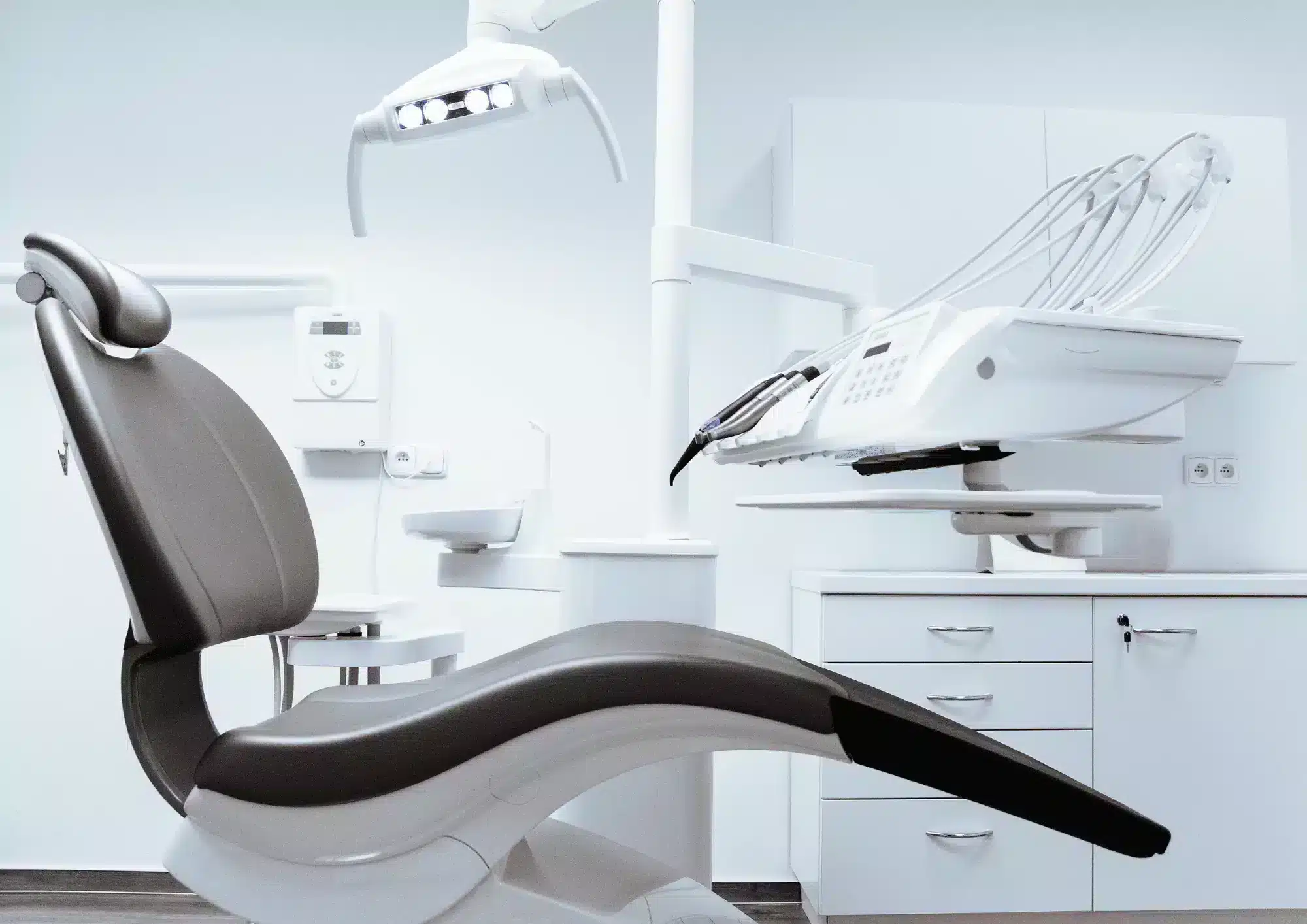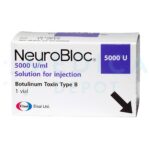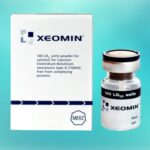Injectable aesthetics reviews. Botox in Dentistry: Why Dentists Use Botox?
 Botox has emerged as a therapy that can be utilized in many clinical situations. This is evidenced by its position as the most popular minimally-invasive cosmetic procedure in the United States. Its versatility extends to its uses in dentistry, where dentists are finding many situations where Botox can help their patients with cosmetic concerns, periodontal diseases, and more.
Botox has emerged as a therapy that can be utilized in many clinical situations. This is evidenced by its position as the most popular minimally-invasive cosmetic procedure in the United States. Its versatility extends to its uses in dentistry, where dentists are finding many situations where Botox can help their patients with cosmetic concerns, periodontal diseases, and more.
Botox is a type A botulinum toxin that induces a local paralysis in muscle tissue, causing the treated muscle(s) to relax. This mode of action makes Botox extremely adaptable for treating numerous movement disorders, neuromuscular afflictions, pain-associated conditions, and age-related cosmetic concerns.
In this article, we will discuss the various applications Botox is suited for in the dentistry field and why it is advantageous for dentists to begin offering Botox treatments in their practice.
Botox for cosmetic concerns in dentistry
Dentists are particularly qualified to administer Botox treatments for improving the overall aesthetics of the face, as they have both detailed knowledge of the anatomy of the head and extensive experience in injections as part of their occupational practises.
Botox treatment can dramatically improve an aging or otherwise aesthetically-deficient smile. When injected into specific muscles in the lower lip, Botox can reverse a downturned mouth, reducing the look of a resting frown. Additionally, Botox can be injected into the orbicularis oris muscle to diminish perioral rhytids.
A gummy smile is where excessive gingival tissue is displayed upon smiling. In many cases, prominent gums can be attributed to an excessive contraction of the muscles in the upper lip, particularly the levator labii superioris alaeque nasi. This undesired condition can be resolved with Botox treatments that are targeted at the lip elevators. Botox can also fix an asymmetrical smile, where one side of the lip rises higher than the other.
Botox as a treatment for muscle-related dental diseases
Temporomandibular joint disorders (TMD) is an umbrella term that describes conditions that affect masticatory function. TMD may arise either from a disease of the temporomandibular joint or from masticatory muscle dysfunction. TMD results in symptoms of facial pain, neck pain, headache, peri-auricular pain, joint sounds, and/or decreased jaw excursion. Botox is able to treat the symptoms of TMD with a muscular component by weakening the masseter and/or temporalis muscles in order to reduce the bite force and decrease clenching and grinding (bruxism). Patients who have undergone such a procedure have usually seen an improvement in their symptoms, including fewer headaches and a decrease in jaw tension.
Frequent or pathologic jaw-clenching may also result in an increase in the size of the masseter muscle, a condition known as masseter hypertrophy. Botox can treat both the habit and resultant masseter hypertrophy by relaxing the muscles. In this manner, the patient’s habit can be eliminated by the deprogramming (while Botox is in effect) and subsequent retraining of the muscles involved in clenching.
Botox as adjunct therapy for surgery and dental implants
A feasibility study examining if injections of Botox into the masseter muscle could serve as an adjunct therapy in the surgical treatment of zygomatic fractures found that such a treatment resulted in less fixation sites and reduced operative procedures. By paralyzing the masseter muscle, the need for rigid fixtures before surgery reduced, hence demonstrating the utility of the toxin in the management of zygomatic body fractures.
Botox can also serve as add-on therapy for treating the osseointegration of implants, as relaxing the masticatory muscles reduces post-bone graft resorption. In 2016, Lung et al. examined the clinical outcomes of patients that underwent anterior mandibular bone grafts in conjunction with Botox therapy, and they found that Botox facilitated reduced post-bone graft resorption without morbidity or complications.
Botox for movement and neurological disorders
As an effective neuromuscular blocker, Botox is able to treat movement disorders affecting the jaw and orofacial muscles, such as mandibular spasm, oromandibular dystonia, and trigeminal neuralgia. Mandibular spasm is a disorder in which the musculature surrounding the mandibular closing remains in spasm, resulting in a restricted mouth opening. This affects the patient’s ability to practise basic oral hygiene, to eat properly, and to speak. By using Botox on the masticatory musculature, the muscles previously in spasm will become more relaxed, thereby alleviating the condition. Another movement disorder that can benefit from Botox treatment is oromandibular dystonia, a condition characterized by involuntary spasms and muscle contractions. In a study by Tan and Jankovic, 67.9% of patients were able to see an improvement in chewing and speaking following Botox treatments to the masseters and/or the submentalis complex. Likewise, trigeminal neuralgia, a neurological disorder involving the orofacial muscles that can produce symptoms of severe pain, can be treated with Botox to produce pain relief, with maximum effects typically seen after 20 days of treatment.
Conclusion
Botox has a place in dentistry as either a cosmetic treatment or as a tool to improve the symptoms of neuromuscular disorders. As dentists, offering Botox therapy as services to patients may prove extremely beneficial to the practice, as the ability to offer both aesthetic and dental procedures allows for more comprehensive treatment planning and enhances the customer experience.
Injectable aesthetics reviews can be found on various platforms, including specialized aesthetic treatment review websites, social media platforms, and healthcare provider directories. They provide valuable insights for individuals considering these treatments, offering firsthand perspectives and experiences that can help inform decisions about undergoing injectable aesthetic procedures. Here are some key points typically covered in injectable aesthetics reviews:
-
Treatment Effectiveness: Reviewers often discuss how effective the injectable treatment was in achieving their desired aesthetic goals, such as reducing wrinkles, enhancing facial contours, or improving skin texture.
-
Safety and Comfort: Reviews may address the safety of the procedure, including any discomfort experienced during or after the injection process, as well as any side effects or complications encountered.
-
Provider Experience: Reviewers may comment on their experience with the healthcare provider administering the injectable treatment, including their professionalism, expertise, and ability to address concerns or questions.
-
Results Duration: Discussions often include the longevity of the results achieved with the injectable aesthetics, such as how long the effects lasted before additional treatments were needed.
-
Overall Satisfaction: Reviewers typically summarize their overall satisfaction with the injectable aesthetics treatment, considering factors like the improvement in their appearance, confidence level, and value for money.





